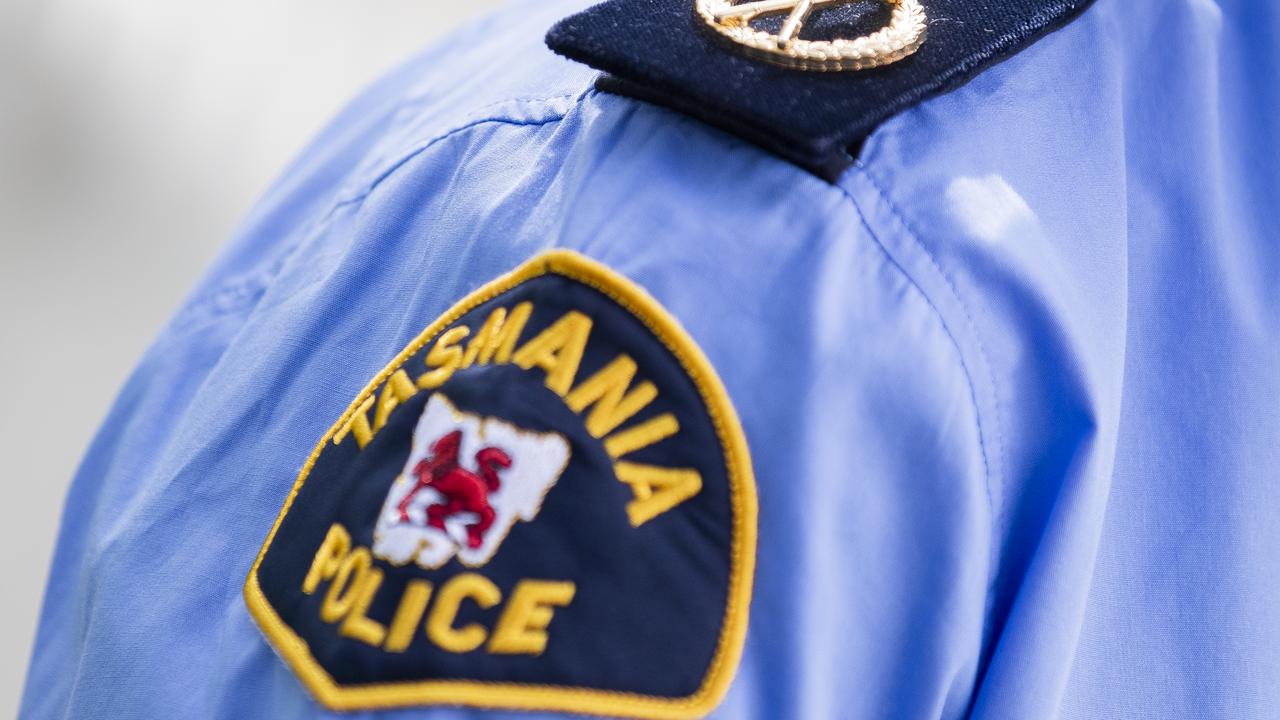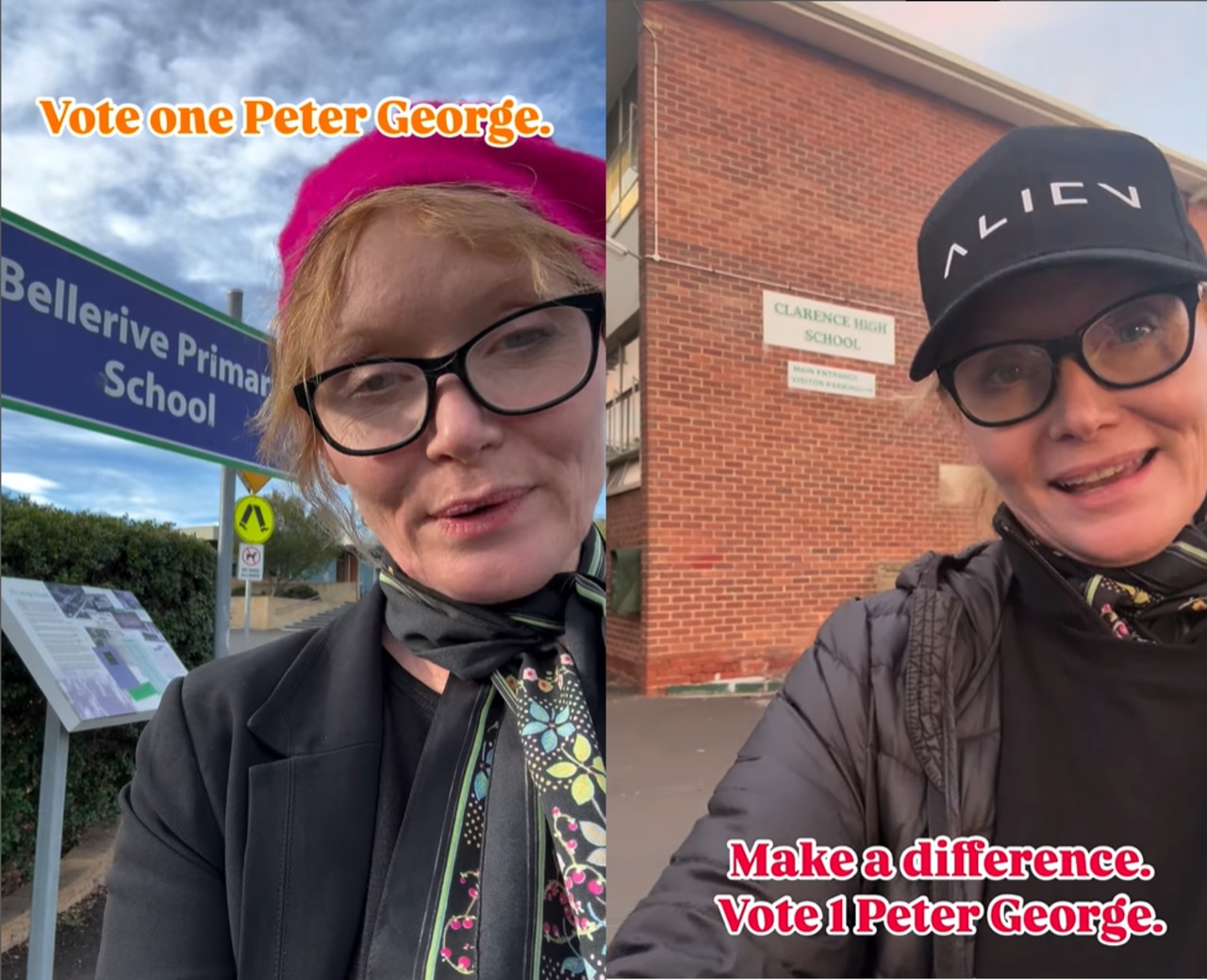Federal election 2025: The Tasmanian seats set to pick next government
The Apple Isle might be small, but packs a punch when it comes to deciding who will form the next federal government. Here’s the low-down on every Tasmanian seat.
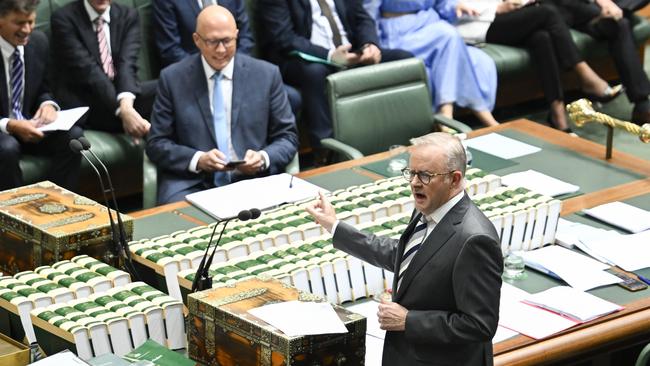
Tasmania
Don't miss out on the headlines from Tasmania. Followed categories will be added to My News.
With the federal election now called, all eyes will be on three Tasmanian lower house seats which will play a key role in deciding who forms the next federal government.
In this, as in previous elections, Bass and Braddon have been the swinging seats to watch, but the electoral landscape has changed.
The central Tasmanian seat of Lyons is now an ultra-marginal electorate with a retiring incumbent member meaning three of the state’s five lower house seats are potentially in play.
In all three it is who is not running this time around that might prove the confounding factor — with the Lambie Network not fielding candidates, two microparties disappearing and high-profile independents finding a home in the state parliament.
No clear favourite in Lyons
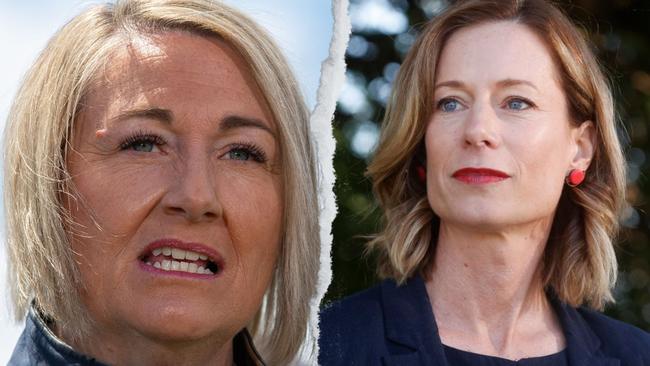
Lyons will be the nailbiter. Labor nominally holds the seat by a margin of just 0.9 per cent.
Liberal Susie Bower came within a whisker of knocking off Brian Mitchell in 2022 after enjoying a 13 per cent swing in her favour to come within 750 votes of victory.
This time around she’s up against former state Labor leader Rebecca White.
But the absence of the Jacqui Lambie Network and the United Australia Party from the ballot paper means around 10,000 voters – or around 13 per cent of the electorate — will be deciding on who else to put the number ‘1’ next to on their ballot paper.
Labor picked up 60 per cent of the Lambie Network’s preferences in 2022 and will need to lure those voters to the fold if Ms White’s political career is to continue.
Alistair Allan is running for the Greens in Lyons.
Lambie Party’s exit leaves room to move in Bass
In Bass, sitting Liberal member Bridget Archer enjoys a margin of just 1.4 per cent on a two-party preferred basis, a margin of around 950 votes.

Ms Archer was one of nine candidates who contested the seat in 2022, securing a one per cent swing in her favour. Labor’s candidate this time around is teacher Jess Teesdale.
Lambie candidate Bob Salt secured 6.7 per cent of the vote, 4500 voters in a seat where less than a thousand changed minds will be enough to decide the outcome. Lambie voters were more even handed in Bass, favouring Labor 56 per cent to 44 per cent with their preferences, making things harder to predict.
The Greens are running Charlene McLennan, the Shooters, Fishers and Farmers have put up Michal Frydrych.
Fresh blood set for Braddon
In the seat of Braddon last election, Gavin Pearce coasted home against Chris Lynch, but Mr Pearce is not going around again.
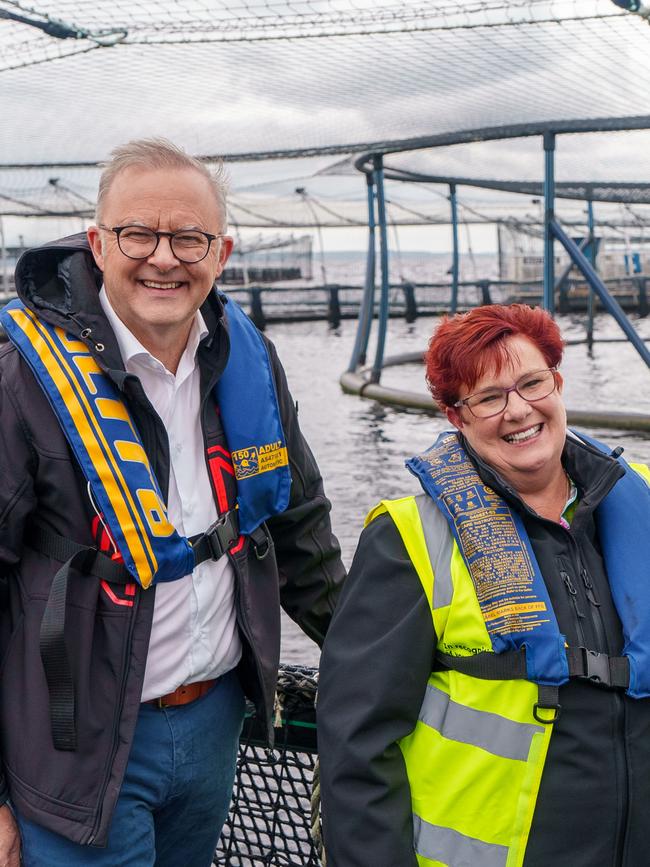
This time Liberal Mal Hingston will face off against Labor’s Senator Anne Urquhart.
Labor’s vote crashed by 9.5 per cent to just 22.5 per cent in 2022.
But high-profile independent Craig Garland has entered state parliament and the 5500 Braddon voters who gave him their first preference will be looking for a candidate to support — as will the 6900 who voted for the Lambie Network’s Sophie Lehmann. Those two candidates alone accounted for 17 per cent of the electorate last time.
The Greens are running Erin Morrow in the seat, where traditionally they do not perform well, and Adam Martin and Gatty Burnett have flagged their intention to stand as independents.
Incumbents in prime position in the South
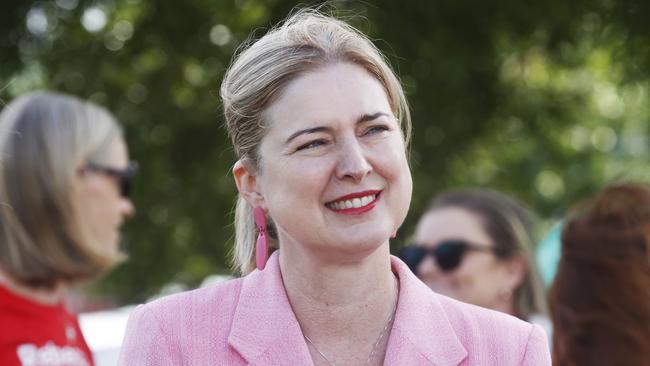
In the south, Franklin and Clark are expected to be much easier to call.
Incumbent Julie Collins holds Franklin with 63 per cent of the vote after preferences and isn’t expected to be seriously challenged.
Nine candidates stood in Franklin in the 2022 election. The Local Party, which received five per cent of the vote has since folded, as has the United Australia Party (which polled two per cent) and the Lambie Network, which received six per cent of the vote, is not fielding a candidate.
Ms Collins, Minister for Agriculture, Fisheries and Forestry and Minister for Small Business in the Albanese government, will face off against Liberal Josh Garvin and independents Brendan Blomeley and Peter George have launched their campaigns. Owen Fitzgerald is standing for the Greens.
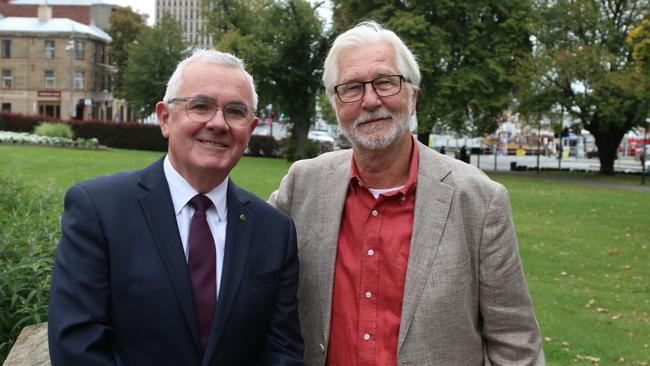
In Clark, Andrew Wilkie has an even more comfortable margin, with 70 per cent of the vote after preferences in 2022 and no reason to suspect his popularity with the electorate has waned.
As a crossbench MP with five terms experience, Mr Wilkie could expect to play a key role if independents end up holding the balance of power should the election prove tight.
Janet Shelley is standing for the Greens. The party enjoyed a four per cent swing in its favour in 2022 to record 13 per cent of the vote, just behind Liberal Will Coats on 15 per cent. Small businesswoman Marilena Di Florio is the party’s candidate this time around.
Upper House seats up for grabs
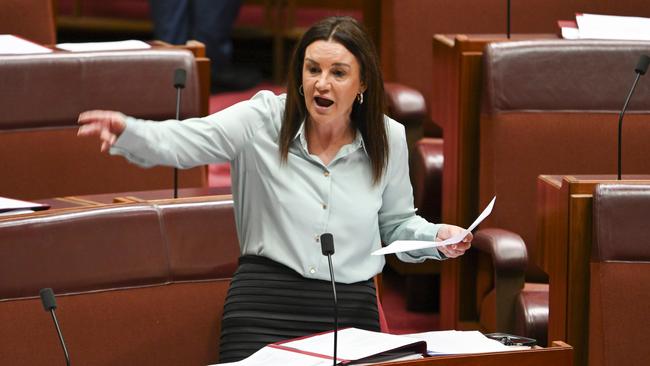
Tasmanians will also vote in a half-senate election, six of the state’s 12 Senate seats are up for grabs.
Jacqui Lambie is up for re-election and should cruise home comfortably with strong support in the state’s northwest.
Labor veteran Carol Brown and newcomer Richard Dowling are their party’s best bets in the Senate, as are Liberals Richard Colebeck and Claire Chandler along with Nick McKim for the Greens.




